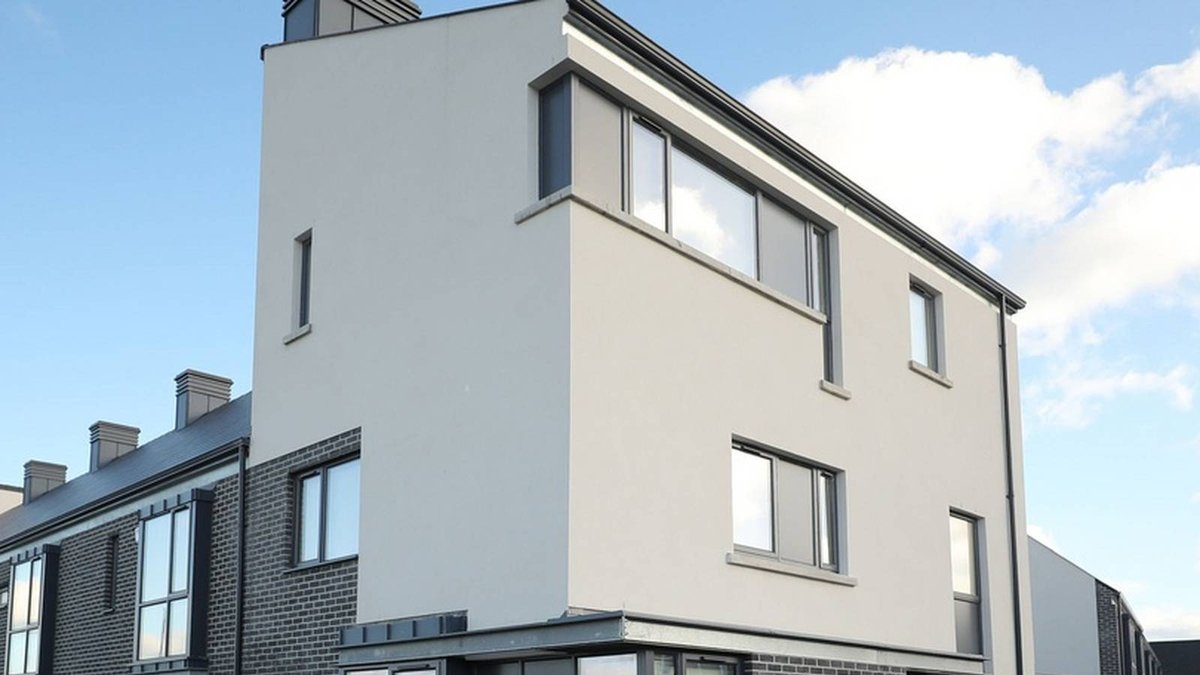Dublin’s Real Estate Market: A Tale of Two Cities

In 2023, the real estate market in Ballymun, Finglas, and Glasnevin saw a remarkable upsurge, marked by strong sales of corporation houses. These houses, built predominantly in the 1950s, have piqued buyers’ interest due to their solid construction and enduring appeal. A prime example surfaced in Ballymun where a three-bedroom corporation house, initially listed at €225,000, commanded an impressive €310,000.
Ballymun: The Rising Phoenix
The robust sales trend has led industry experts to suggest a potential onset of gentrification in Ballymun. Harry Angel, a representative from the esteemed estate agency DNG, noted the robust construction of these 1950s corporation houses as a significant factor behind their popularity. The area’s charm is further enhanced by its strategic proximity to Dublin city centre, making it an attractive proposition for prospective homeowners.
Diversification of Demographics
Ballymun has also become a magnet for non-nationals, indicating a shift towards a more diverse demographic. This trend of internationalization adds another layer of intrigue to the evolving socio-economic landscape of the area. The emergence of a large group of first-time homebuyers in Dublin 11 – an area encompassing Ballymun, Finglas, and Glasnevin – also signals a transformative shift in the local real estate market.
Challenges in Dublin 5
Meanwhile, the housing market in Dublin 5 grapples with a scarcity of available properties for sale. Many homes in this area only become available when their current occupants pass away, creating a bottleneck for potential buyers and those looking to downsize. The limited stock has led to a median house price of €441,500, which is expected to further inflate by 2%-3% in 2024 due to the supply-demand imbalance.

